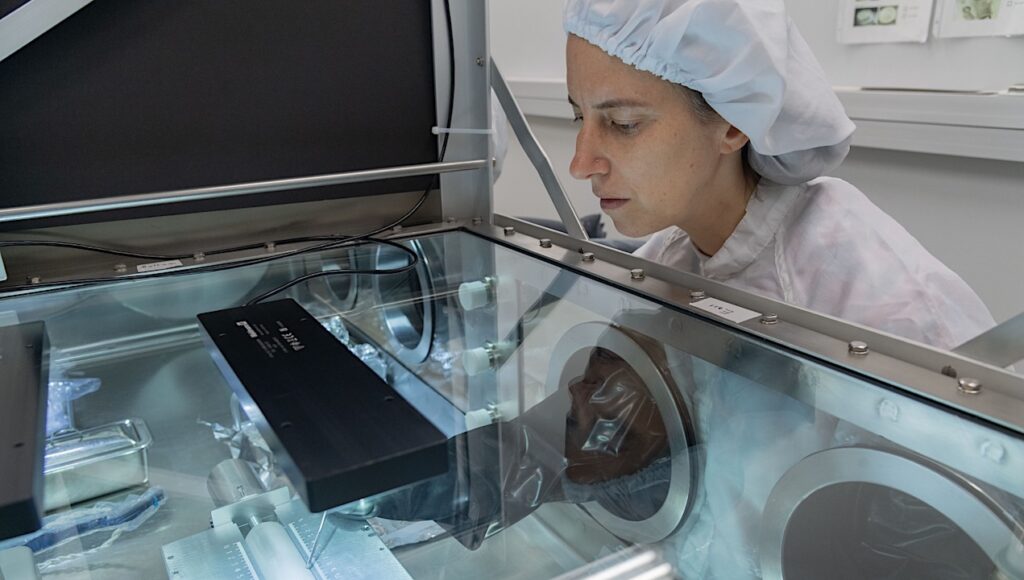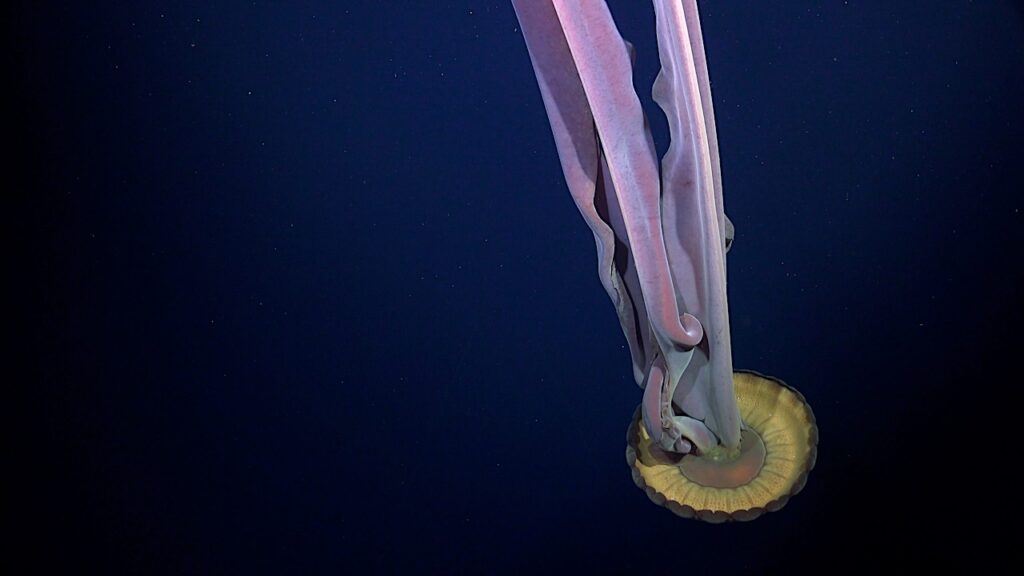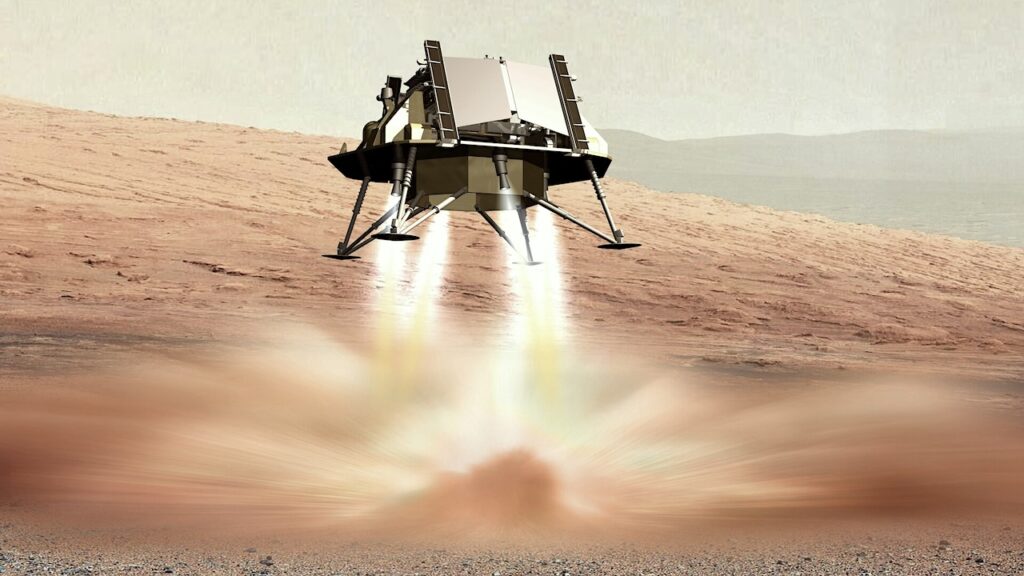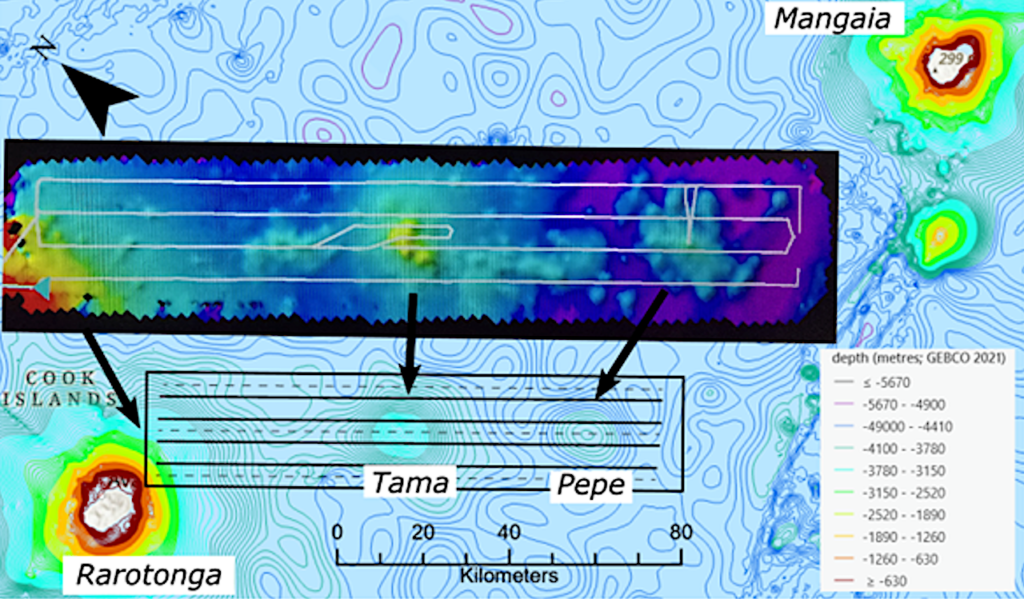ESA Tricorder Away Team Training In A Lava Tube
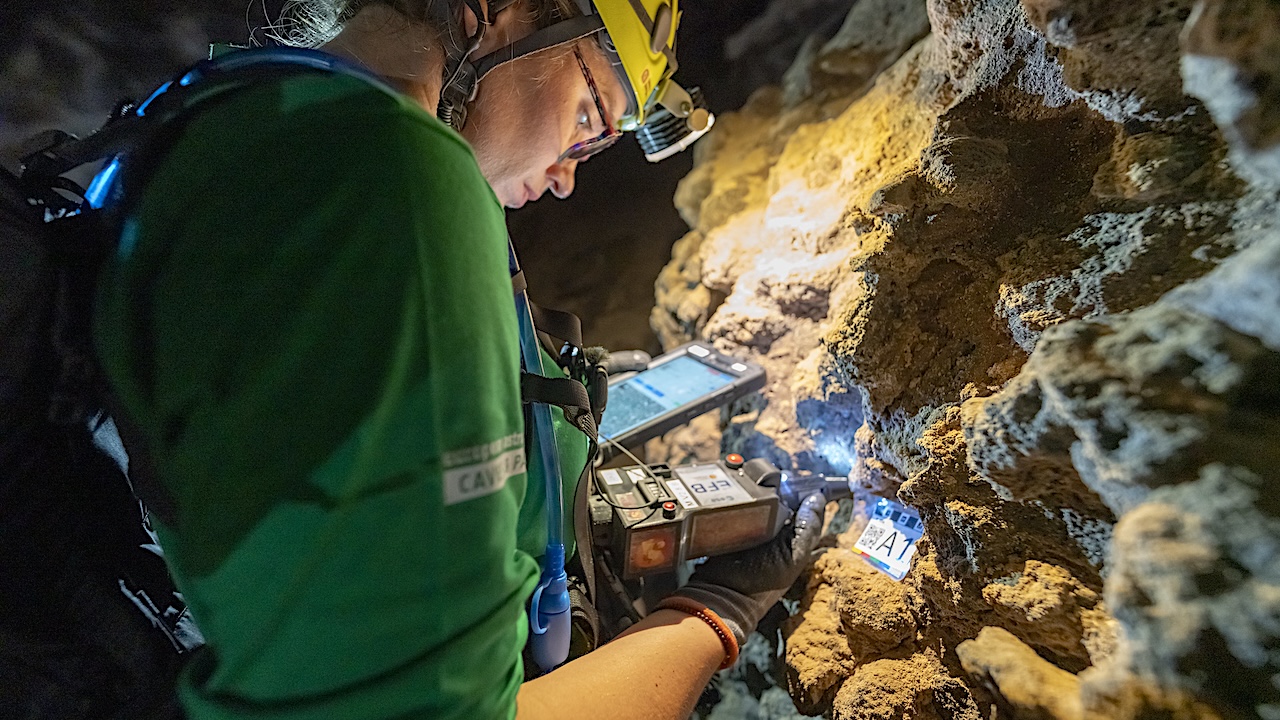
Credits: ESA / A. Romeo Larger image
ESA astronaut Rosemary Coogan uses the microscope associated to the Electronic FieldBook, to investigate some deposits on the Corona lava tube walls.
Astrobiology


